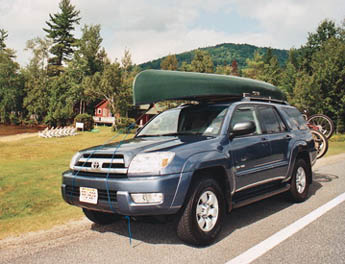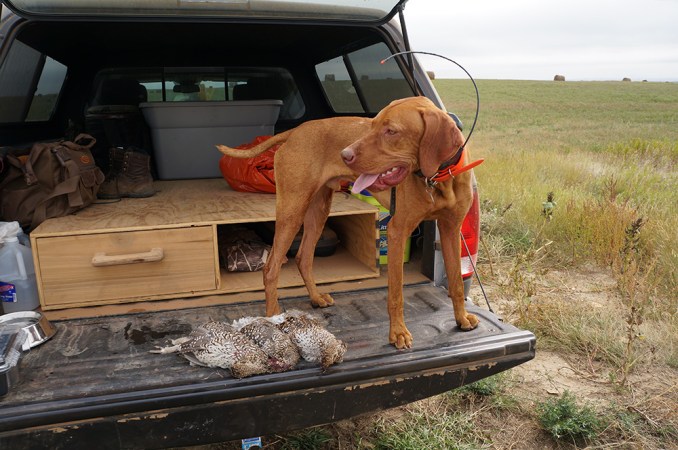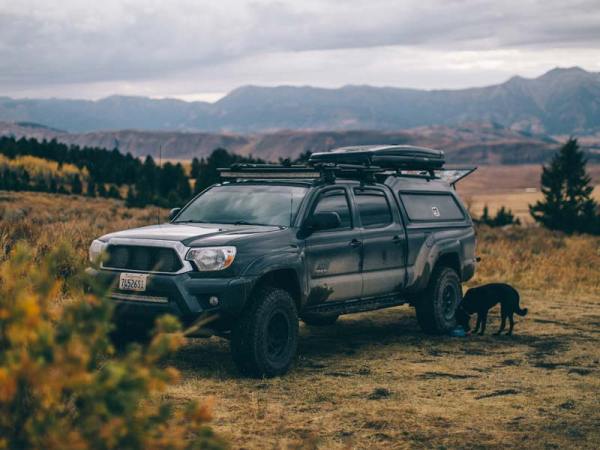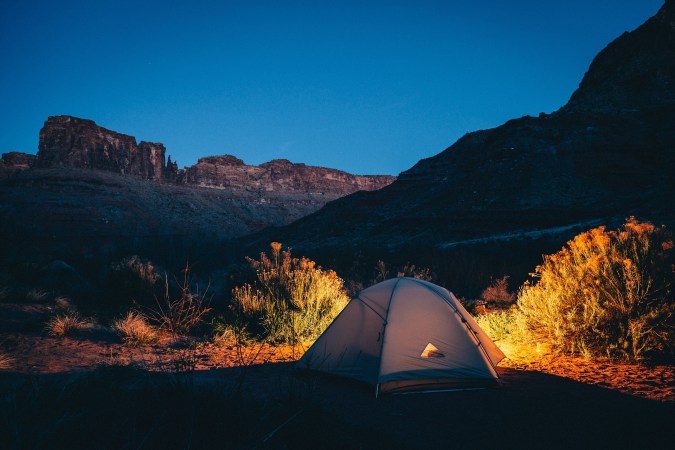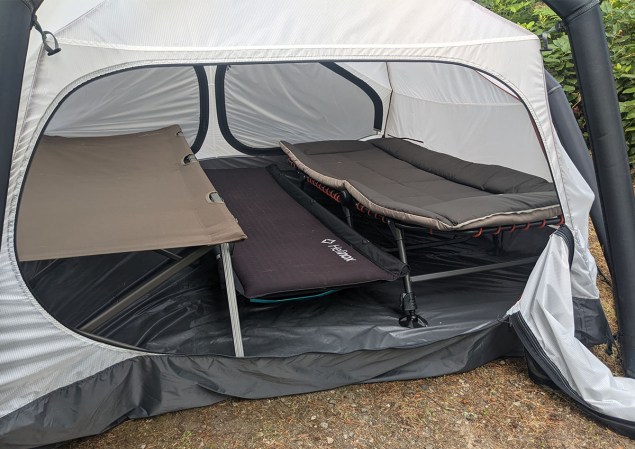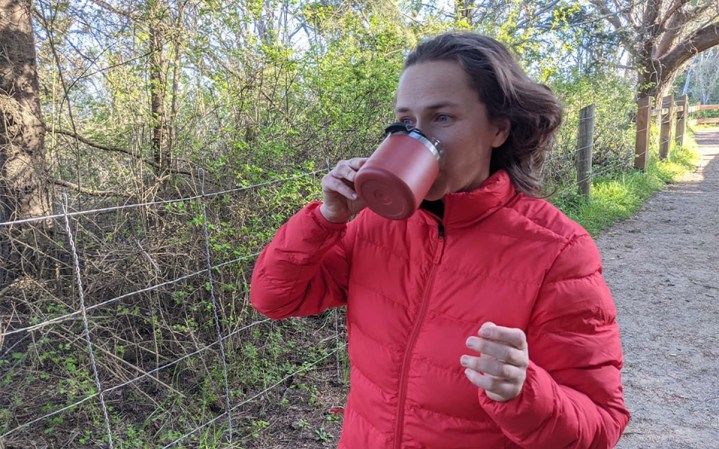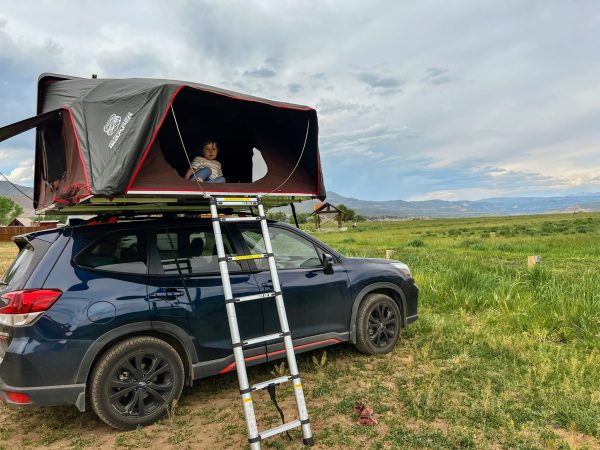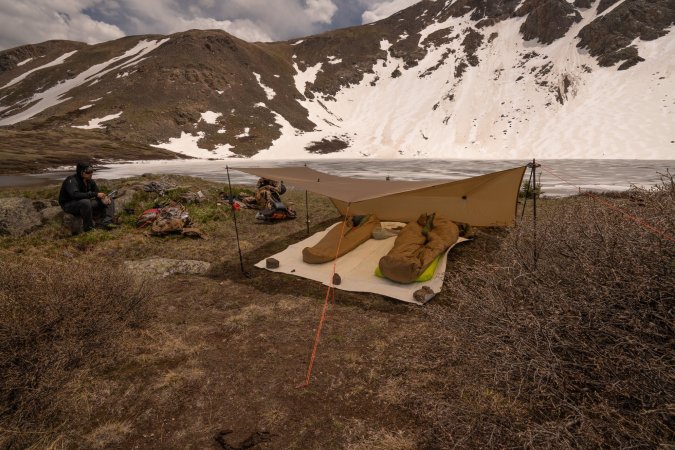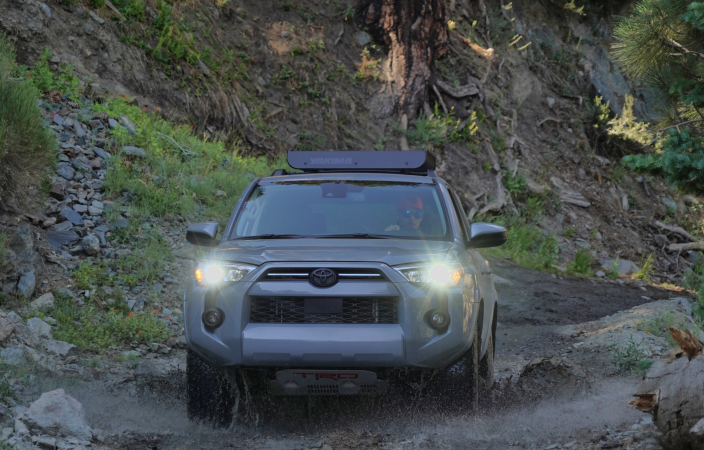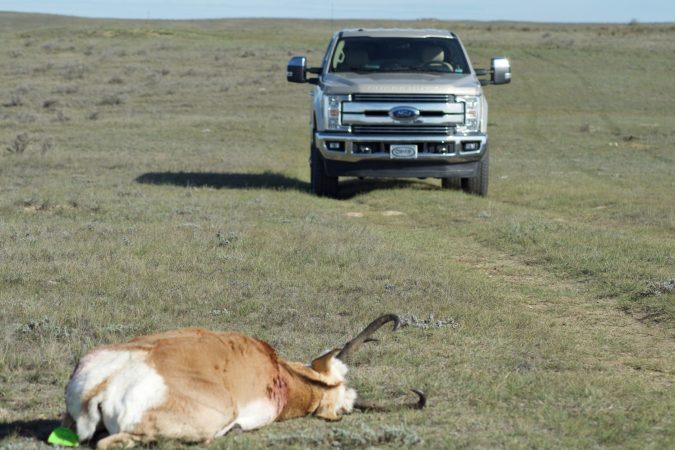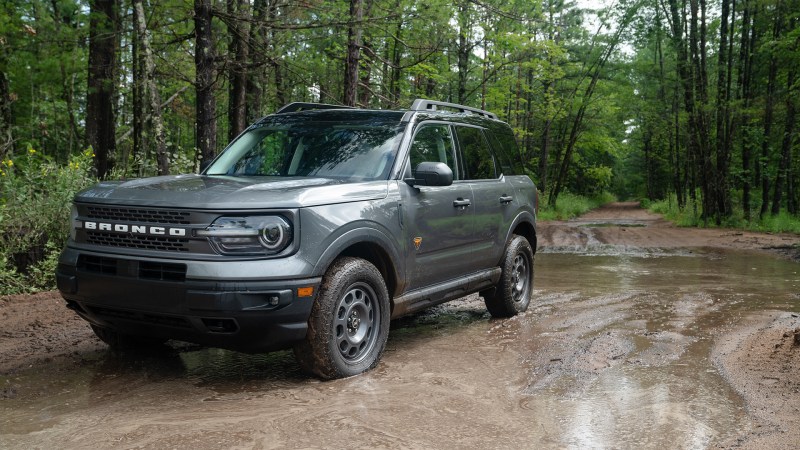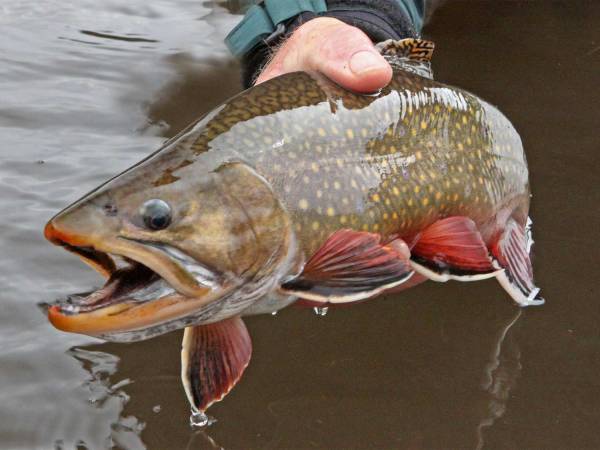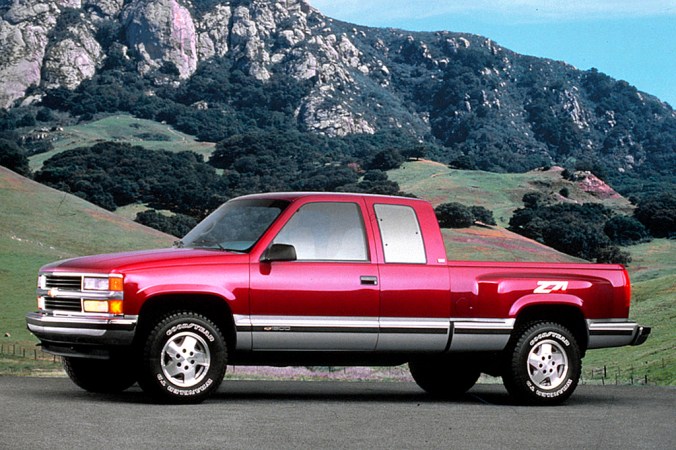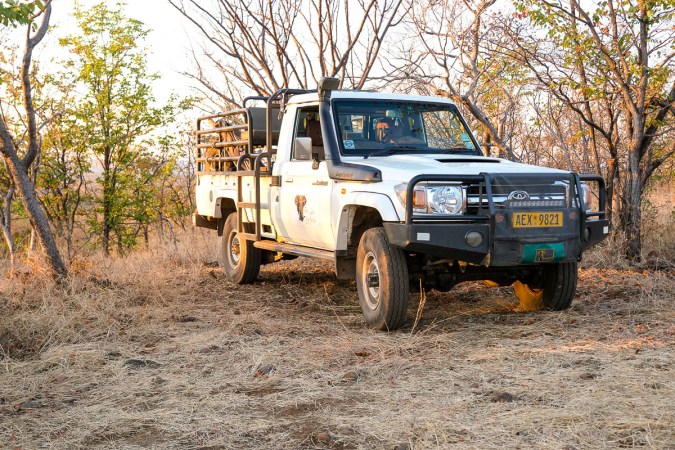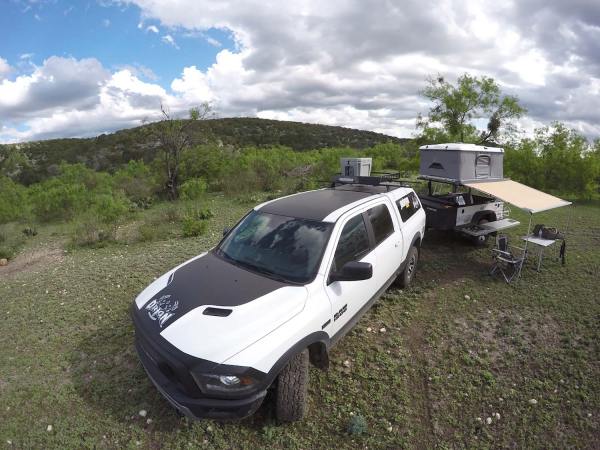We may earn revenue from the products available on this page and participate in affiliate programs. Learn More ›
Late last summer, my wife and I headed to the Adirondacks with our two children for a week of fishing. In addition to all of our gear (coolers, sleeping bags, food, tackle and soccer balls), we wanted to take our canoe and four mountain bikes-a challenge for any vehicle.
The weather report called for thunderstorms on the way up, so keeping everything dry (and not worrying about having to cover stuff with tarps in a pickup bed) was a high priority. This is where the practicality of a fully enclosed SUV shines. Our choice was the new Toyota 4Runner SR5 4×4.
Loading Up
Wide running boards and an optional roof rack with adjustable crossbars made it easy to tie down the canoe. And the 2-inch (Class III) receiver in back made attaching our heavy, 4-bike carry rack a cinch. We simply slid it into the ball-hitch receptacle and bolted it down. Our 4Runner came equipped with optional third-row seats (with these it seats seven), which unlocked and slid out easily to open up cargo space for all of our gear.
The vehicle was powered by the standard 4.0-liter V-6 engine (245 hp with 282 lb.-ft. of torque), which offered ample pep to ease into traffic from thruway on-ramps. (A larger 4.7-liter V-8 is also available.) Toyota’s Star System, also standard, combines five components (including antilock brakes and traction control) with sensors. The system evaluates driving conditions and makes instant adjustments to regulate throttle and braking to keep you in control-something you’ll really appreciate if you drive on slippery roads.
Another cool standard feature is the Downhill Assist Control (DAC), which allows the 4Runner to move at only 2-4 mph when going down steep trails. It automatically applies the vehicle’s brakes during the descent, avoiding accidental lock-up. From a sheer, practical driving standpoint, what I really liked about the 4Runner was that while it took on muddy tracks like a champ, it was easy to drive around town (and particularly to park in crowded supermarket lots). This hasn’t always been the case with larger pickups and SUVs I’ve tried.
Practical Appointments
Inside, gauges were easy to read and controls were handy to use. Little things, like drink holders that adjust to the diameter of your cup, took the worry out of setting early-morning coffees in place as we drove. Toyota engineers have clearly put a great deal of thought into the 4Runner’s suspension to ensure a smooth, carlike drive. The bigger tires found on most SUVs can really sing on the highway, but ample insulation kept the ride quiet, something everyone appreciated when we slid a recorded book into the CD player for the kids to listen to. Bucket seats up front had all kinds of adjustments, including a lumbar control for the driver, which made our five-hour trip more comfortable. In back the kids were very happy on the 60/40 split rear seats (which fold down for those times when you really need a lot of cargo space).
Gas mileage is always a challenge when you’re hauling as much stuff as we took. And a canoe up top really hurts a vehicle’s aerodynamics and generally kills mileage. (The four bikes on the back didn’t help, either.) Still, our mileage was not very far from the manufacturer’s stated 21 mpg highway, 17 mpg city-a nice surprise, since our trip coincided with a huge leap in gas prices. Bottom line? If you’re looking for a solid 4-wheel-drive performer that will serve you off-road on vacations with the family as well as around town, you should definitely test-drive the 4Runner.
